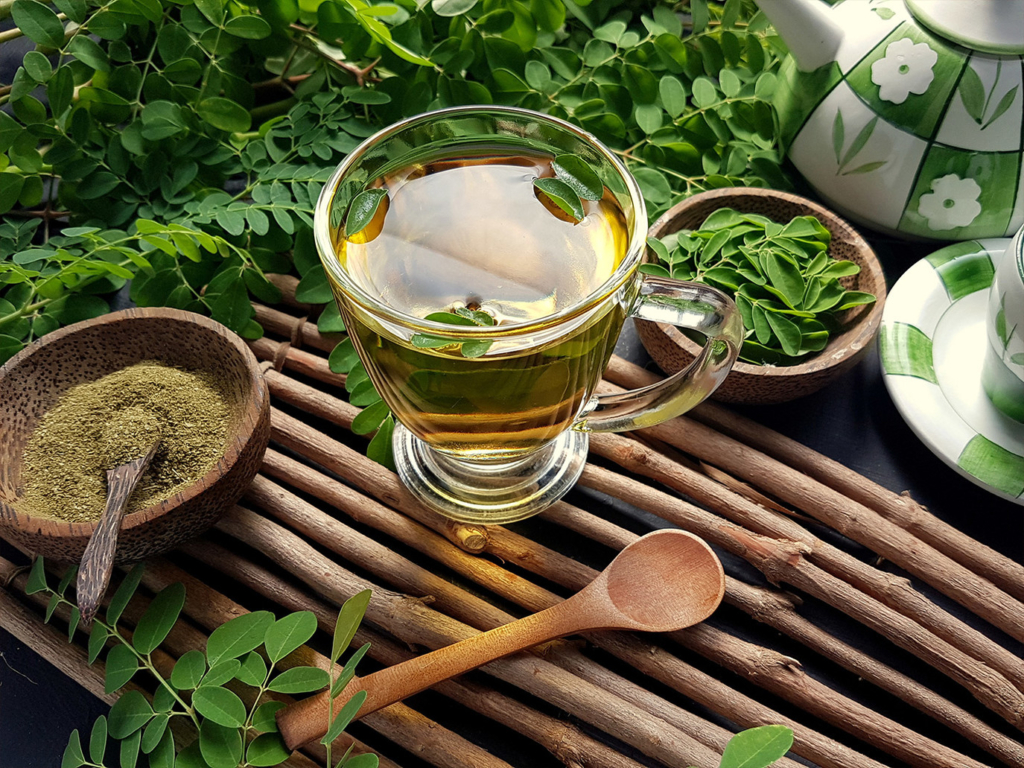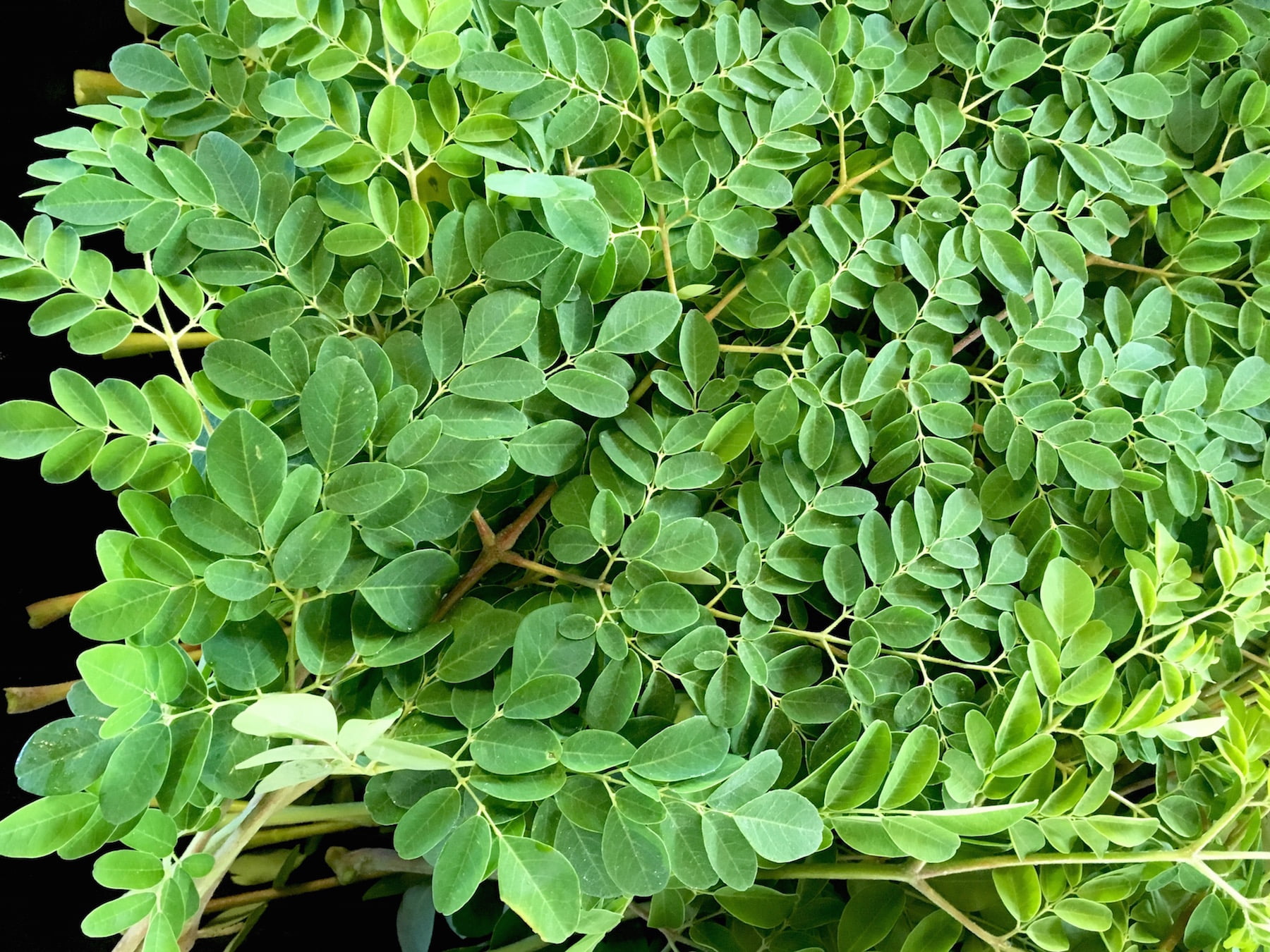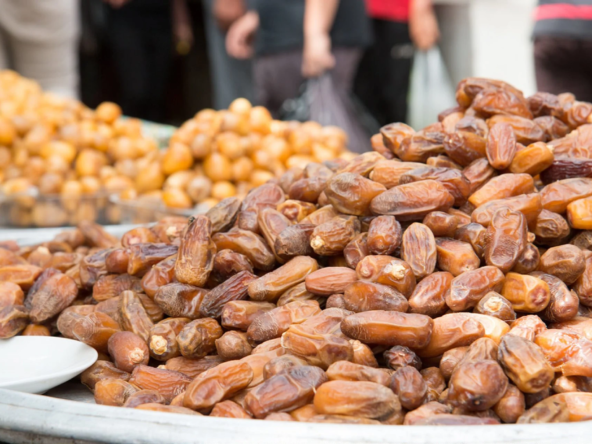Moringa oleifera, commonly known as the “miracle tree” or “drumstick tree,” is a versatile and highly nutritious plant native to the Indian subcontinent. Revered for its numerous health benefits and remarkable nutritional profile, Moringa has garnered global attention in recent years. This article delves into the complete cycle of Moringa, exploring its cultivation, processing, and diverse applications in food, medicine, and industry.
1. Cultivation of Moringa
Climate and Soil Requirements
Moringa is a resilient plant that thrives in tropical and subtropical climates. It can grow in a wide range of soils but prefers well-drained, sandy or loamy soils with a pH between 6.0 and 7.5. The tree is drought-resistant, making it suitable for regions with low rainfall, although it benefits from regular watering during the establishment phase.
Planting Methods
Moringa can be propagated through seeds or cuttings. Seeds are typically sown directly into the ground or in nursery beds and later transplanted. For faster growth, cuttings from mature trees can be planted directly into the soil. The tree reaches maturity in about 8 months, and under optimal conditions, it can grow up to 15-20 feet within the first year.
Maintenance and Harvesting
Moringa requires minimal maintenance once established. Pruning helps in managing the tree’s height and encourages the growth of new leaves and pods. The leaves can be harvested multiple times a year, while the pods, which are used for various culinary and medicinal purposes, are usually ready for harvest within 6-8 months after planting.
2. Processing of Moringa
Harvesting and Drying
The most commonly used parts of the Moringa tree are its leaves, pods, and seeds. Leaves are typically harvested when they are young and tender, then washed and dried in the shade to preserve their nutrients. The drying process is crucial as it ensures that the leaves retain their high vitamin and mineral content. Once dried, the leaves are ground into a fine powder.
Seed Processing
Moringa seeds are harvested from mature pods. The seeds are either planted for cultivation or processed to extract oil. Moringa seed oil, also known as ben oil, is highly valued for its stability and nutrient content. The oil is extracted through cold pressing, which preserves its beneficial properties.
Powder and Oil Production
Moringa powder is produced by grinding dried leaves. This powder is rich in vitamins, minerals, antioxidants, and amino acids, making it a popular dietary supplement. Moringa oil, on the other hand, is extracted from the seeds and used in cooking, cosmetics, and as a base for various medicinal formulations.
3. Applications of Moringa
Nutritional Uses
Moringa is often referred to as a superfood due to its exceptional nutritional profile. The leaves are rich in protein, vitamin A, vitamin C, calcium, potassium, and iron. Moringa powder can be added to smoothies, soups, and other dishes to boost their nutritional content. The pods, often called drumsticks, are commonly used in South Asian cuisine.
Medicinal Uses
Moringa has been used in traditional medicine for centuries. It possesses anti-inflammatory, antioxidant, and antimicrobial properties. The plant is used to treat a variety of ailments, including high blood pressure, diabetes, digestive disorders, and skin conditions. Moringa oil is also used in skincare for its moisturizing and anti-aging benefits.
Industrial Uses
Beyond its nutritional and medicinal applications, Moringa is also valuable in various industries. Moringa seed cake, a byproduct of oil extraction, is an excellent natural fertilizer and water purifier. The tree’s bark and gum are used in the production of textiles and adhesives.

4. Economic and Environmental Impact
Economic Benefits
Moringa cultivation offers significant economic opportunities, particularly in developing countries. It provides a sustainable source of income for smallholder farmers. The global demand for Moringa products, including powder, oil, and capsules, continues to grow, driven by increasing awareness of its health benefits.
Environmental Benefits
Moringa is often planted as part of reforestation and soil conservation projects. Its deep root system helps prevent soil erosion, and the tree’s leaves improve soil fertility by adding organic matter. Moringa also plays a role in carbon sequestration, contributing to the fight against climate change.
5. Challenges and Future Prospects
Challenges in Cultivation and Processing
Despite its benefits, Moringa cultivation faces challenges such as pests, diseases, and climate change. Proper management and the adoption of improved farming techniques are essential to overcome these challenges. Additionally, the processing of Moringa, particularly in rural areas, can be labor-intensive and requires investment in equipment and infrastructure.
Future Prospects
The future of Moringa looks promising, with ongoing research exploring new uses and benefits of the plant. Advances in biotechnology may lead to improved Moringa varieties with higher yields and nutritional content. The plant’s role in sustainable agriculture and its potential to alleviate malnutrition make it a critical crop for the future.
Conclusion
Moringa represents a complete circle of sustainability, from its resilient cultivation to its diverse applications in nutrition, medicine, and industry. As global interest in health and wellness grows, so does the potential for Moringa to become a cornerstone in diets and economies around the world. Embracing the cultivation and use of Moringa not only contributes to improved health but also supports environmental sustainability and economic development.
Ajigofarms is a reliable global agricultural purchase sourcing with profound expertise in the manufacturing, and exportation of food crops. We are tested, and trusted suppliers of all kinds of cash crops and food crops. Our constant supply chain solution makes exporting easy, quick, and safe, we are identified with timeliness and meeting up with deadlines. Regardless of the region you are located in worldwide, you can reliably order your Agric products and be rest assured of successful delivery.




